
We Believe in Quality
An ISO:9001 : 2000 Certified Company

We Believe in Quality
An ISO:9001 : 2000 Certified Company
Our plants are approved to NFPA (National Fire Protection Association) 51A. This standard stands for safety requirements for the design, construction, and installation of acetylene cylinder filling plants and to provide safeguards for the protection of the plants, their employees, and the public.
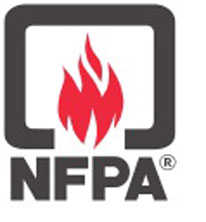
|
Headquartered in Northbrook, Illinois; UL (Underwriters Laboratories) is a safety consulting and certification company. UL-408T certification stands for public adoption of electricity and the drafting of safety standards for electrical devices and components. Established in 1894, the company maintains offices in 46 countries. UL offers safety-related certification, validation, testing, inspection, auditing, advising and training services to a number of customers such as manufacturers, retailers, policymakers, regulators, service companies, and consumers.
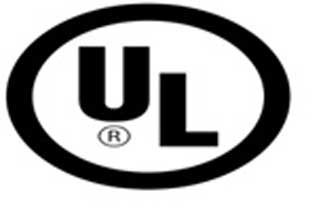 |
The UL Certification Mark
Abbreviation
UL Motto Working for a safer world
The EIGA -(IGC Doc 51/02) (European Industrial Gases Association) is a safety and technically oriented organization standing for the vast majority of European and a number of non-European companies designing, developing and supplying industrial, medical and food gases.
The member companies function in technical and safety matters to achieve the highest level of safety and environmental care in the handling of gases. The company remains in touch with Standardization and Regulatory Organizations and Authorities despite of trade and industrial organizations.
A machine which complies section 8 of the ASME Code, is perfect to use as it is approved for its quality. Manufacturers and suppliers of different types of plants who wish to export to North America are routinely required to comply with the requirements of the ASME Code, which defines internationally recognized standards for the design, manufacture, inspection, erection, commission, installation and testing of all kinds of machines.
Acetylene has become the most common gas employed for fueling cutting torches in both general industry and the mining industry. Since the gas is highly combustible when comes in contact with the oxygen, safety must be taken into account when working with acetylene in order to prevent accidents. This safety advice of the gas describes the properties of acetylene that are related to safety, and offer practical hints for working safely with this gas. However, most of the users may not be aware of the unique characteristics of acetylene gas itself that create special hazards than the other fuel gases.
Chemical Composition: An acetylene molecule is fabricated by the composition of two carbon atoms and two hydrogen atoms. In fact, the two carbon atoms are incorporated together, which is known as a triple carbon bond. This bond is vital as it stores substantial energy that can be released as heat during combustion. On the other hand, the triple carbon bond is unstable, making acetylene gas very sensitive to a number of conditions such as excess pressure, excess temperature, static electricity, or mechanical shock.
Specifically designed and developed cylinders are perfect to store the gas. The compressed gas cylinders contain gas stored under significant pressure, posing a significant hazard in the workplace. Some of the hazards due to the chemical properties of gas cylinders include:
 |
Storage : Since the gas is unstable nature, it must be stored under special conditions. It should be stored by dissolving the acetylene in liquid acetone. Thereafter, the liquid acetone is stored in the acetylene cylinder, which in turn, is filled with a porous (sponge-like) cementitious material.
While acetylene plant is designed and developed, a lot of precautions should be taken in order to evade fire or explosions. Acetylene is a highly flammable gas so it should be kept away for oxygen.
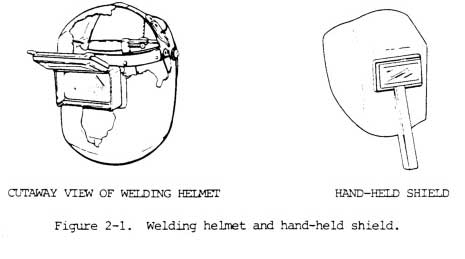 |
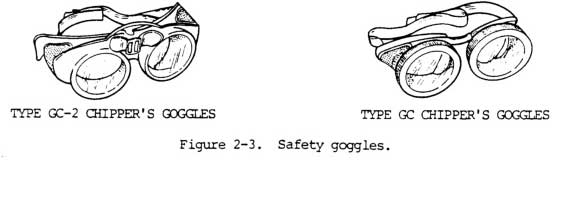 |
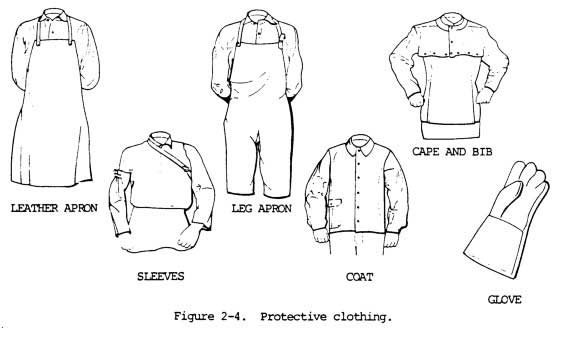 |
Acetylene cylinders should only be handled and transported by appropriately equipped and trained personnel.
Handling the acetylene cylinders wisely :
Safety Precautions :
Most accidents or injuries involving acetylene cylinders happen when moving or handling the acetylene gas cylinders. Whether it is small or large sized cylinders, the cylinders require special care and equipment in handling and securing so they don't fall or tip over and lead to injury. Before handing the acetylene gas cylinders, the individuals should take on some basic induction training or go through the Safe Work Procedures relating to the transport, storage and use of Gas Cylinders.
Work Areas :
Cylinder Storage Precautions :